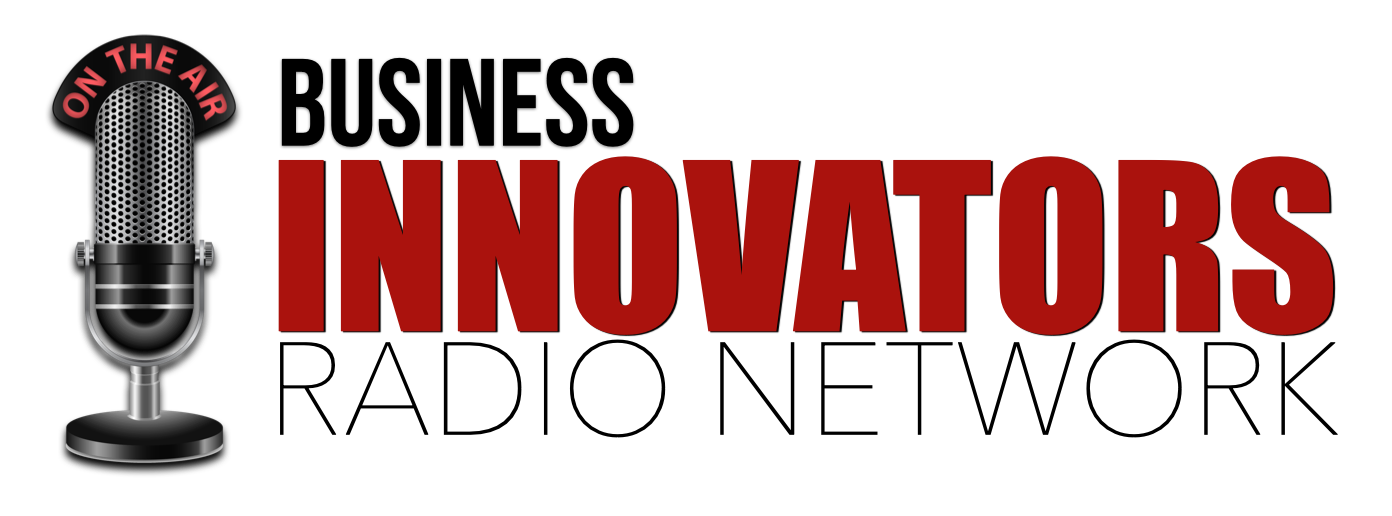Byron Walston built and sold a financial practice because as a solo practitioner regulations were taking too much of his time. Byron talks about what keeps him and other business owners up at night and the solution he discovered.
[1] You’ve been in business development for much of your career. What reasons attracted you to work with Employer Flexible?A:
2 reasons – the company and the industry. Industry is growing and young. The open-minded culture at the company and having flexible right in the Employer Flexible company name.
A:
Why you shouldn’t use initials and no jargon when you’re in a sales or any kind of communication. Byron explains this and what to do instead. He also of course shares what the initials PEO (professional employer organization) stands for and why it’s such an important factor for small business owners in today’s economic environment.
A:
Byron talks about the standard model that was pioneered a couple of decades ago by the first companies in the PEO industry. He talks about what Employer Flexible is doing differently and why the human resources piece is such a huge part of their solution.
A:
Byron talks about the problem small business owners have not being experts at attracting talent. They’re also usually not skilled at keeping talent.
Employer Flexible offers clients a talent market analysis to show the client company what they should be paying in their region or state for top talent depending on the role.
And part of the custom solution Employer Flexible offers is simply as an adviser in the human resources recruiting and interviewing process. Or they can take the reigns and conduct interviews and run the process for their small business clients.
And finally the other problem of high costs of employee benefits versus what Employer Flexible brings to the table to drop those costs dramatically.
[5] Tell me about your visual demo – Your sheet of paper, horizontal line at the top, vertical line down the middle and what you take a biz owner through so he comprehends the benefit of a PEO.A:
Byron describes the horizontal line and vertical line he has business owners draw down a piece of paper and the four categories most business owners don’t like doing. He shows the solution that gives the business owner time back and the liability Employer Flexible takes away.
The four categories are:
- Human resources,
- Employee safety and Worker’s Compensation (the Costco “buying power” model),
- Benefits and health insurance plans (again offering small businesses the kind of buying power and low cost health insurance plans the big corporations get),
- Payroll automation (a personalized payroll team + technology, key performance reports).
A:
It is getting worse and Byron explains why. He talks about the various levels and stages a business owner goes through from a one-person operation to hiring their first employee, and then next critical levels where the pain of having employees really kicks in. Then of course he shares how professional employer organizations including Employer Flexible handle these problems for their client companies.
Byron mentions at what number of employees 25% or more of a business owners time is eaten and wasted on employee issues instead of core business activities like training, coaching and growing profits.
[7] What systems and processes should they set up now, before they increase their workforce by 20% or 100% or more to head off potential problems of those businesses you see who don’t have those essential systems and processes?A:
Byron reveals the #1 most important thing a small business owner must do if they want to have the highest growth, best success possible.
The other factor Byron talks about is to value your time more than the money because as he’s grown in his career and experience, he’s realized that’s more important and you can’t get time back.
[8] What are 2 or 3 common factors you see in companies whose seem to grow in a fairly smooth fashion versus companies who take 1 step forward and 2 steps back?A:
The Advantage book. Two areas that distinguish businesses who go out of business or don’t thrive as much as they could versus companies who reach their full potential. Byron shares what those two areas are.
Where do company culture and company politics rank on the priority scale? Listen to find out.
[9] Do you see the PEO industry growing?A:
Listen to hear why Byron answers the way he does.
A:
Byron Walston sees automation in a critical piece of the professional employer organization industry, transparency in data flow to employer and employee on all devices, and the other piece.
Connect with Byron Walston:
https://www.linkedin.com/in/byronwalston/
http://www.EmployerFlexible.com
Call or Text: (512) 680-8188
Clint Evans
Recent episodes from Clint Evans (see all)
- Byron Walston: How Employer Flexible Innovates to Solve Small Business Employee Problems and Brings Costco Style Savings to Employee Benefits - March 1, 2017
- Publisher Lisa Akoury-Ross Shares Her Over 25 Years of Insights in Publishing and What “Professional Self-Publishing” Actually Is - February 8, 2016
- Eszter Molnar-Mills: Managers to Leaders - September 18, 2015


